The green transition is an opportunity to also make industry simpler and safer
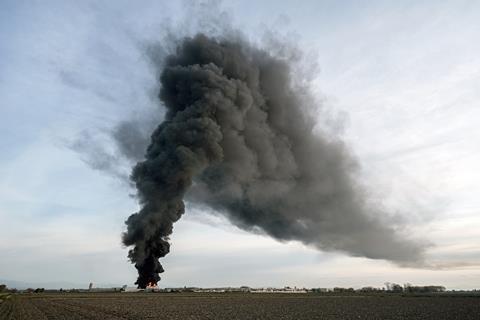
The concept of sustainability within chemistry and the chemicals industry has various aspects, and has evolved significantly over the decades. But all involve moving to a less energy-intensive and simpler, more circular system, lowering the environmental burden of products and operations.
As well as these everyday considerations, our industry has other, less predictable consequences. There are inherent hazards and risks, and when things go wrong, the impact can be enormous. Take, for example, the train derailment in East Palestine, US, in 2023, or the various fires, explosions, oil spills and leaks that make reasonably regular headlines around the world. Because of their variable and unpredictable nature, the health and environmental cost of such incidents is rarely factored into the cost of producing those chemicals and using products derived from them.
It’s impossible to completely eliminate such incidents. But we can prevent many, and lessen their impact when they do happen. Some of this mitigation can be achieved by innovations in processes around existing chemistry, but there are also opportunities to develop alternatives that are intrinsically less hazardous.
There is a cost barrier to changing any given process, and it’s not something producers will undertake lightly. But it’s clear that to meet commitments around climate and emissions, large numbers of products must be either replaced entirely or made more sustainably. And if processes, products and value chains are being redesigned, it makes sense to consider how to mitigate all aspects of their potential impact.
This is already a familiar concept and practice around much of the chemical industry. Process safety and continual improvement are backed by various industry programmes and external regulations. But there is potential value in making more explicit links between safety and other aspects of sustainability. In Europe, this approach is being integrated (as a voluntary guideline) into the EU’s Chemicals Strategy for Sustainability, with the idea that chemicals should be ‘safe and sustainable-by-design’.
As yet, that concept is only quite loosely defined. Cefic, the European Chemical Industry Council, suggests that criteria for evaluating chemicals ‘must address the three pillars of sustainability – environmental, social and economic factors – and take a life cycle approach’.
This is a positive direction. However, as with other changes that are imposed by regulation and require investment, there is always a risk that businesses will shift to more lenient jurisdictions, rather than absorbing additional costs. The EU and UK are in the early stages of implementing measures to deter this kind of leakage for carbon emissions – it may be necessary to similarly protect other aspects of safety and sustainability.





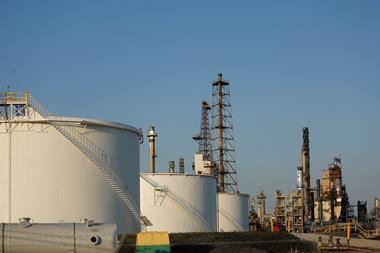
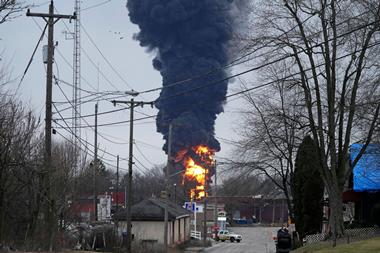
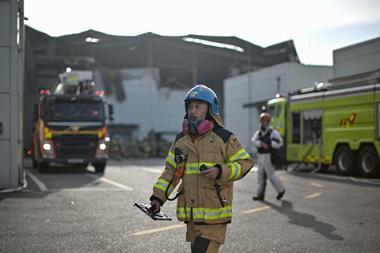
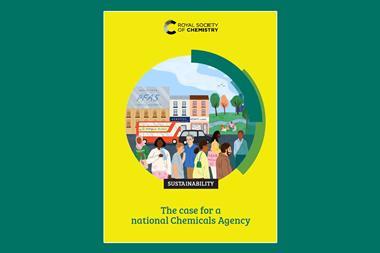

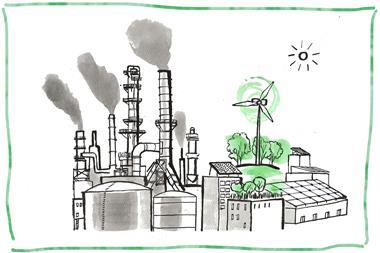
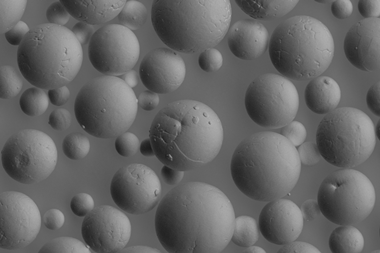





No comments yet